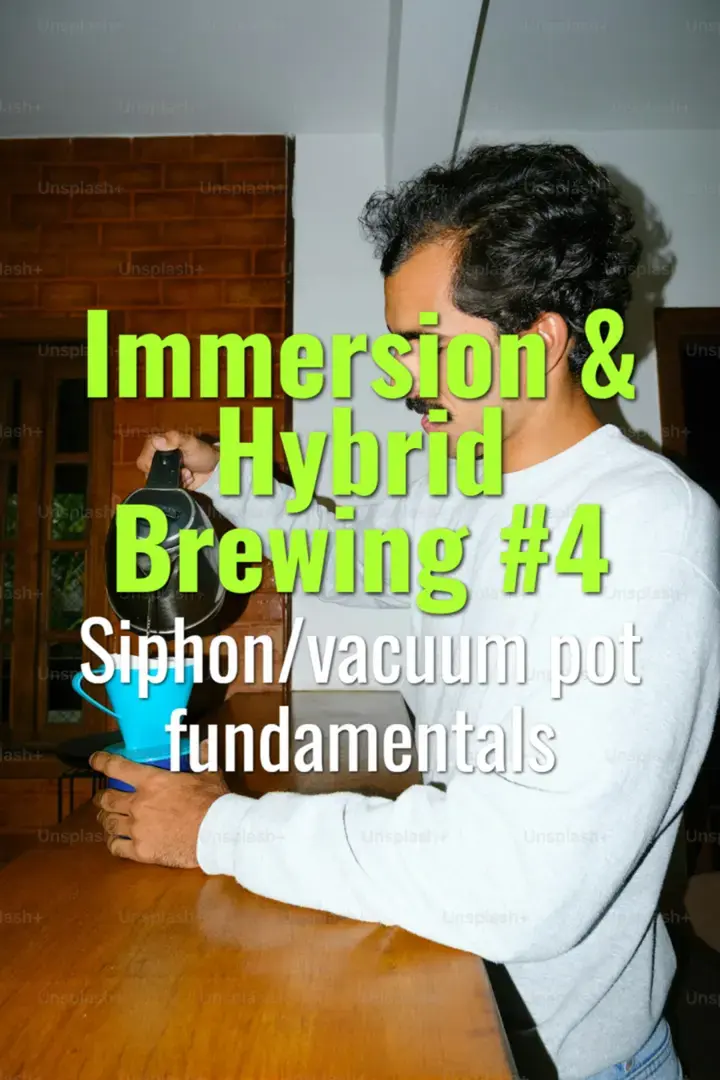Siphon/vacuum pot fundamentals
The principles of siphon (vacuum pot) brewing, how it works, and how to optimize technique for clarity and theatrical presentation.
- Coffee Basics Nerds
- 1 min read

Siphon/Vacuum Pot Brewing
-
Design & Principle:
-
Consists of two chambers (lower flask for water, upper chamber for coffee and filter).
-
Heat applied to the lower chamber creates vapor pressure, forcing hot water upward.
-
After steeping, heat removal causes vacuum suction, drawing brewed coffee back down through the filter.
-
Filters:
-
Cloth (traditional) → clean, nuanced, and balanced cup.
-
Paper → slightly brighter, with more clarity.
-
Metal/mesh → fuller body, more oils.
-
Brewing Process:
- Fill lower chamber with water.
- Insert filter and assemble brewer.
- Apply heat; water rises to upper chamber.
- Add coffee (medium grind) and stir to saturate.
- Steep for 1–2 minutes.
- Remove heat; brewed coffee is drawn back into lower chamber.
-
Flavor Profile:
-
Clean, aromatic, and tea-like.
-
Balanced between clarity and body depending on filter choice.
-
Highlights delicate, floral, and high-acid coffees.
-
Advantages:
-
Theatrical and visually striking method.
-
Precise control over steep time and agitation.
-
Consistent, if carefully managed.
-
Challenges:
-
Requires practice for consistency.
-
Sensitive to grind, temperature, and agitation.
-
Cloth filters demand careful cleaning and maintenance.
Summary
Siphon brewing offers a unique balance of immersion and clarity, producing elegant, aromatic cups. With its theatrical presentation and precise control, it’s prized both for specialty cafes and enthusiasts seeking a refined brew method.